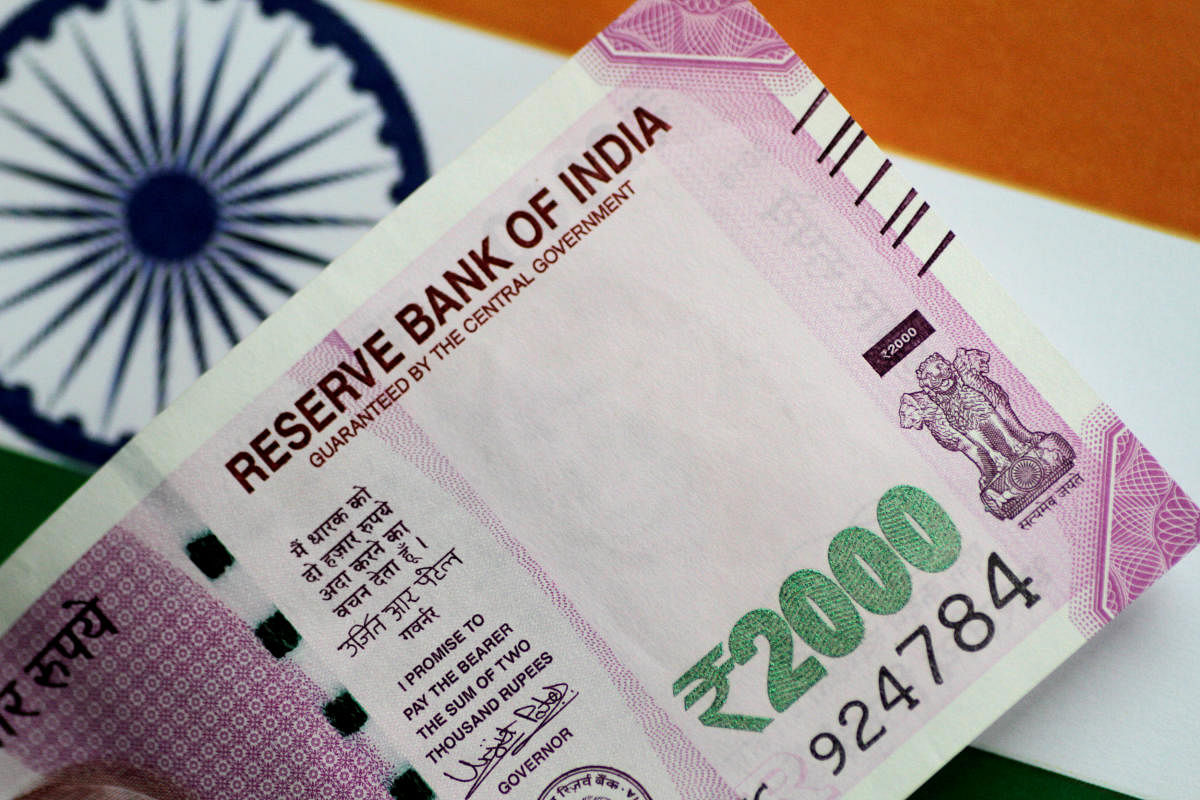
Nirmala Sitharaman, India’s first full-time female Finance Minister, will present the first budget of Narendra Modi-led government's second term on July 5.
Taking up the crucial Finance Ministry portfolio, Sitharaman has a big task at hand. In her new role, the former defence minister needs to address issues such as economic slowdown, unemployment rate which is at a 45-year high, severe agrarian crisis, NPAs marring the banking sector.
While all eyes will be on Budget 2019, it is imperative for people to know the key terms associated with the annual exercise.
Here’s a lowdown on some of the important terms to help understand and decode the Budget.
What is the difference between Capital Budget and Revenue Budget?
Capital Budget
Capital budget comprises capital receipts and capital payment. Capital receipts include the money a government gets through treasury bills, markets loans, loans received from foreign government, disinvestment receipts or debt paid by Union Territories, state governments and other parties.
Meanwhile, capital payments consist of capital expenditure on acquisition of assets like land, buildings, machinery, equipment, as also investments in shares, etc., and loans and advances granted by central government to state and Union Territories, government companies and corporations, among others.
Revenue Budget
Revenue receipt and revenue expenditure make up the Revenue Budget. Revenue receipt includes funds the government earns through taxes such as income tax, service tax, corporation tax, interest receipts, dividends and profits and other receipts of Union Territories.
Revenue expenditure consists of money spend by government without creating any asset. Some of these expenditures are on subsidies, paying for calamities or disaster, grants given to state or union territory.
ALSO READ: Budget 2019: What is Plan and Non-plan Expenditure?